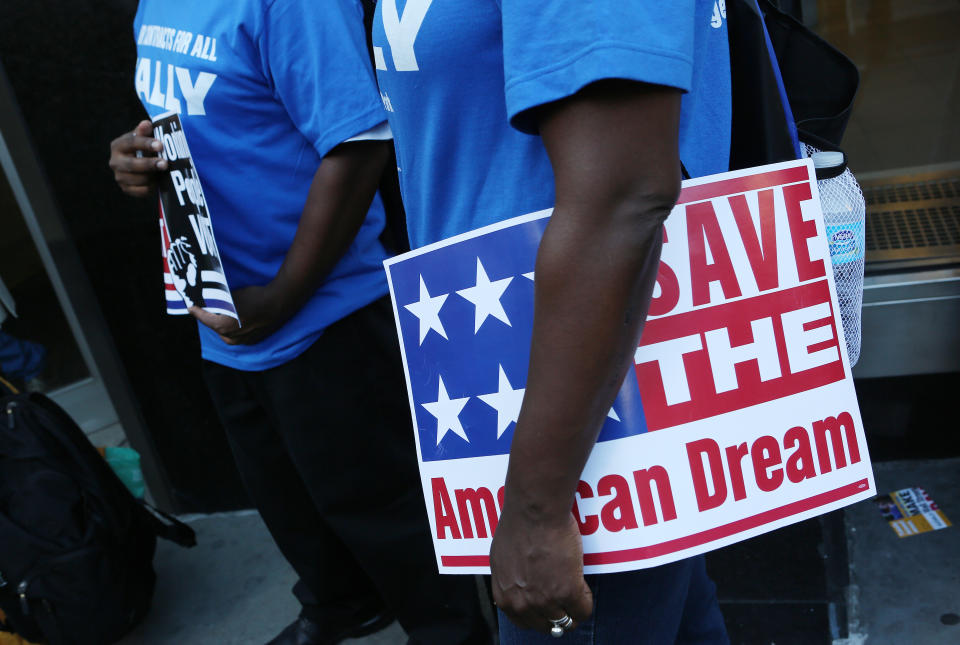One-third of Americans believe the middle class will disappear entirely
Sixty-eight percent of Americans classify as middle class, down from 70% in 2017, according to a new Northwestern Mutual study conducted by Harris Poll that explores the state of America’s middle class.
Of the 2,003 American adults surveyed, 32% of respondents said they can see a time when the middle class disappears completely. Twenty-four percent feel uncertain about its future. Though 60% believe mobility out of the middle class is possible, more foresee movement into the lower-income bracket, not the upper echelon.

“The middle class is a cornerstone of our nation’s culture and identity,” said Emily Holbrook, director of planning at Northwestern Mutual. “Clearly people are losing optimism in its longevity.”
The reality is that 52% of American adults actually live in middle-income households. Twenty-nine percent are lower-income and 19% are upper-income households, according to new Pew Research Center analysis of government data.
Most of Northwestern Mutual’s survey respondents define middle class as an income bracket. Eighty-eight percent said having a certain level of assets . A little over half of the respondents (52%) said $50,000-$99,999 would qualify one as middle class.
What does it really mean to be middle class?
Work ethic and homeownership were the top personality traits cited with being middle class, with 84% and 69%, respectively, choosing them as defining features. In contrast, humility and thriftiness were cited the least, with 30% and 39% of respondents, respectively, saying they associate it with being middle class.
According to a new U.S. Census Bureau report, 2017 median household income was $61,372 in 2017, an increase of 1.8% from the 2016 median of $60,309. It’s the third year in a row that the median value has increased for American households.
But the idea of the middle class is nuanced, nebulous and far from objective. As the Brookings Institution points out, middle class is viewed through three different lenses — cash (income, wealth, freedom from poverty), credentials (educational achievements, occupation) and culture (attitudes, lifestyle).
“This discussion around class status is a complicated topic. We found that Americans are feeling an incredibly tremendous financial squeeze because of higher levels of debt and financial decisions around saving strategies. They really feel like the middle class is shrinking as opposed to more wealth creation opportunities. There’s a discrepancy where they see themselves versus where they see the rest of society,” said Holbrook.
Melody Hahm is a senior writer at Yahoo Finance, covering entrepreneurship, technology and real estate. Follow her on Twitter @melodyhahm.
Read more:
Coach signs Michael B. Jordan as its face of menswear
Elon Musk’s brother Kimbal is personally delivering Tesla Model 3s
